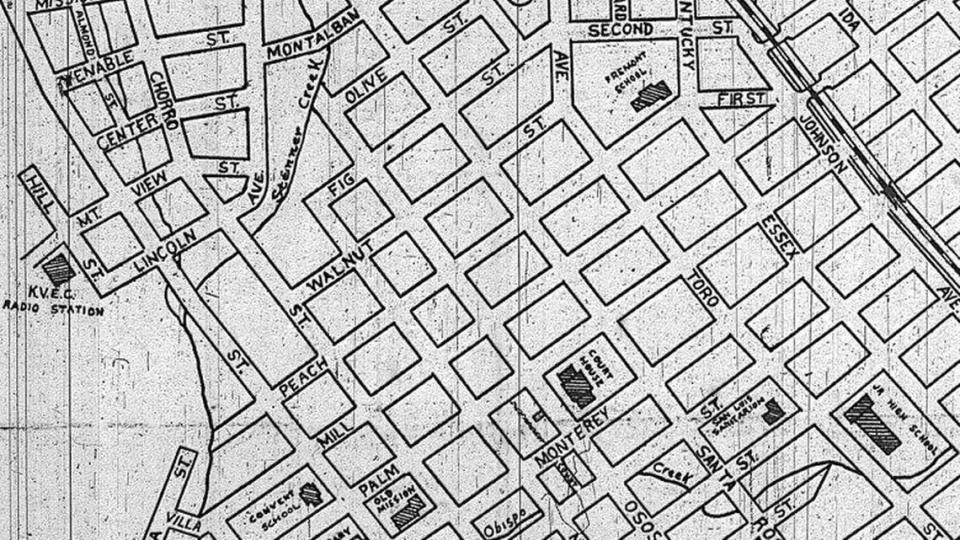According to Freddie Mac, the national average 30-year and 15-year fixed mortgage rates are down for the third week in a row. The declines have been minor each week, but it still feels like a breath of fresh air when rates are at their lowest points in over a month.
Rates could continue to inch down in 2024, so you might save a little by waiting to buy until the end of the year. But it’s impossible to predict what will happen between now and then. If you’re in no rush, you could use this year to save more for a down payment and improve your credit score while you wait for rates to ease up — the stronger your finances, the better your rate should be.
But if you’re ready to buy now and can afford monthly payments with today’s mortgage rates, you might decide it’s worth buying sooner rather than later. Remember, you can always refinance later once rates have dropped more significantly.
This embedded content is not available in your region.
Learn more: Best mortgage lenders for first-time buyers
Today’s mortgage rates
Both the 30-year and 15-year mortgage rates have ticked down this week. The national average 30-year mortgage rate is 6.94%, which is eight basis points lower than last weekend and the first time the rate has dropped below 7% since mid-April.
The average 15-year mortgage rate is 6.24%. This is four basis points lower than last week.
30-year fixed mortgage rates: Pros and cons
There are two main advantages to a 30-year fixed mortgage: Your payments are lower, and your monthly payments are predictable.
A 30-year fixed-rate mortgage has relatively low monthly payments because you’re spreading your repayment out over a longer period of time than with, say, a 15-year mortgage. Your payments are predictable because, unlike with an adjustable-rate mortgage (ARM), your rate isn’t going to change from year to year. Most years, the only things that might affect your monthly payment are any changes to your homeowners insurance or property taxes.
The main disadvantage to 30-year fixed mortgage rates is mortgage interest — both in the short and long term.
A 30-year fixed term comes with a higher rate than a shorter fixed term, and it’s higher than the intro rate to a 30-year ARM. The higher your rate, the higher your monthly payment. You’ll also pay much more in interest over the life of your loan due to both the higher rate and the longer term.
Learn more: How to get the lowest mortgage rates
15-year fixed mortgage rates: Pros and cons
The pros and cons of 15-year fixed mortgage rates are basically swapped from the 30-year rates. Yes, your monthly payments will still be predictable, but another advantage is that shorter terms come with lower interest rates. Not to mention, you’ll pay off your mortgage 15 years sooner. So you’ll save potentially hundreds of thousands of dollars in interest over the course of your loan.
However, because you’re paying off the same amount in half the time, your monthly payments will be higher than if you choose a 30-year term.
Adjustable mortgage rates: Pros and cons
Adjustable-rate mortgages lock in your rate for a predetermined amount of time, then change it periodically. For example, with a 5/1 ARM, your rate stays the same for the first five years and then goes up or down once per year for the remaining 25 years.
The main advantage is that the introductory rate is usually lower than what you’ll get with a 30-year fixed rate, so your monthly payments will be lower.
However, you have no idea what mortgage rates will be like once the intro-rate period ends, so you risk your rate increasing later. This could ultimately end up costing more, and your monthly payments are unpredictable from year to year.
But if you plan to move before the intro-rate period is over, you could reap the benefits of a low rate without risking a rate increase down the road.
Learn more: Adjustable-rate versus fixed-rate mortgage
Is now a good time to buy a house?
It might not feel like a good time to buy a house. Right now, 30-year rates are hovering just below 7%, which looks terrible compared to 2021, when you could lock in a rate of 3% or lower.
It might be a better time to buy than you’d expect, though. The highest mortgage rate on record was 18.63% in October 1981, which makes a 6.94% rate not seem so bad. It’s also very unlikely that rates will drop to below 3% again anytime soon.
And even though house prices are high, they are growing less rapidly than they were a couple of years ago. And new-home construction is starting to pick up.
To sum it up, it’s still not the best time to buy a house because rates are relatively high and prices remain firm. But if the timing is right for you, your budget can accommodate the higher rates, and you’ve found the home for you, there’s no time like the present.
Learn more: What is the best time of year to buy a house?
Signup bonus from





